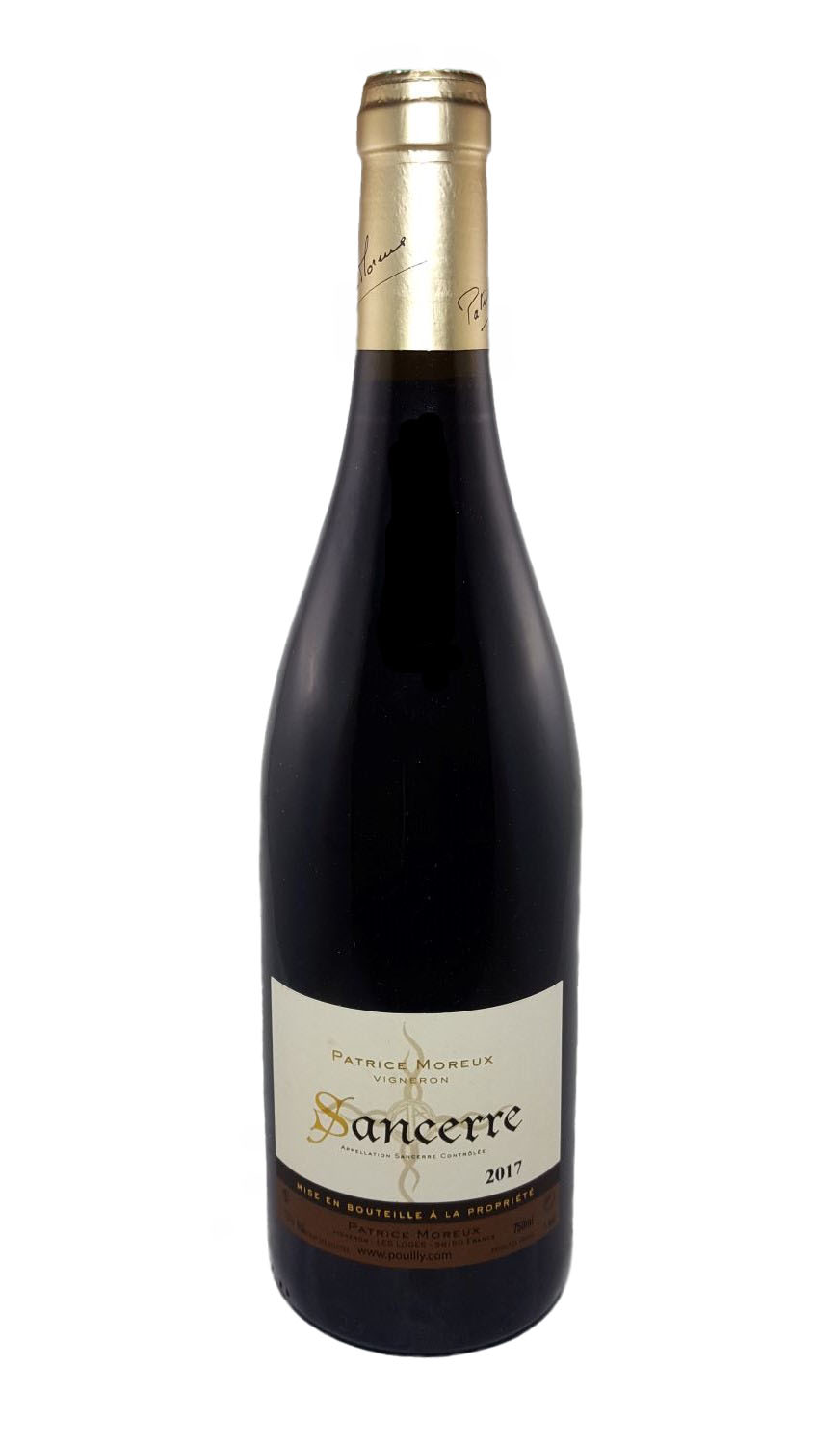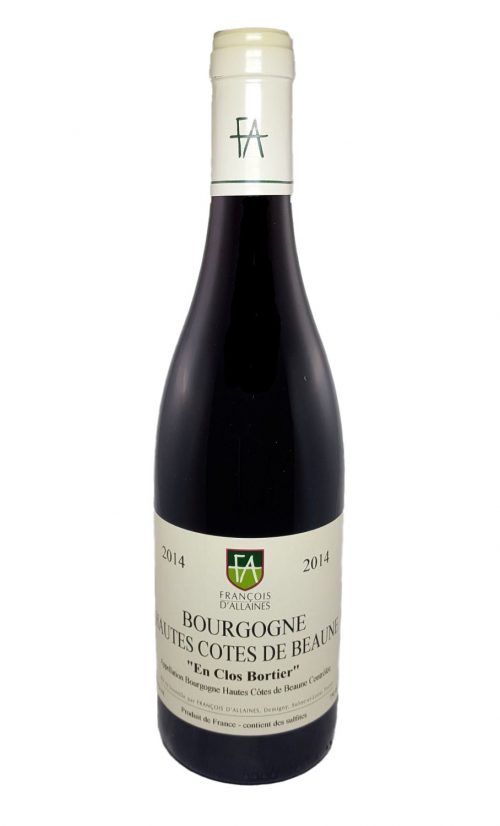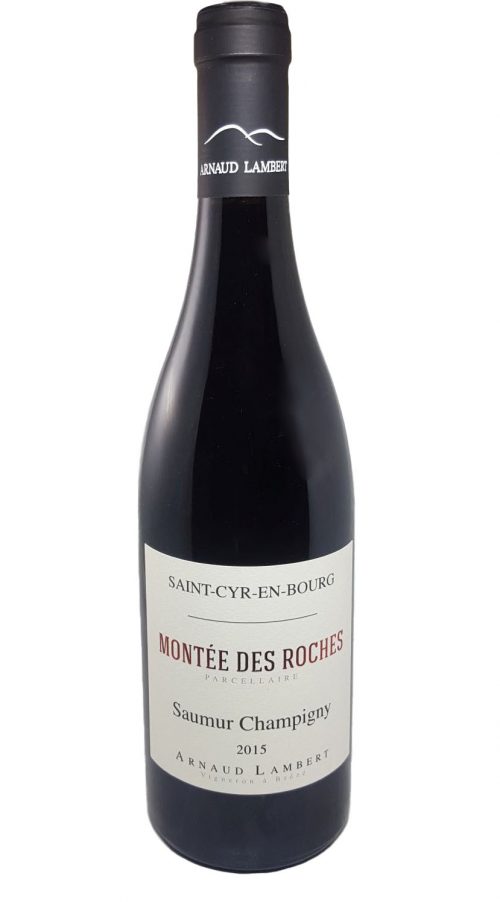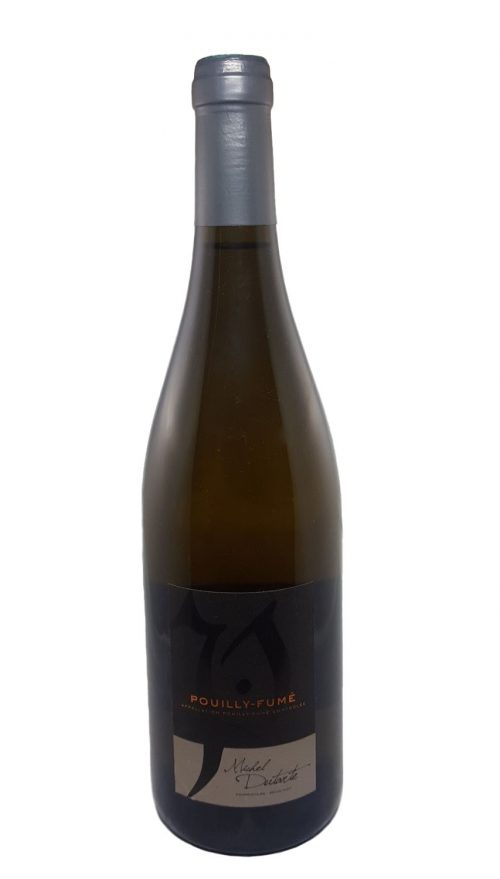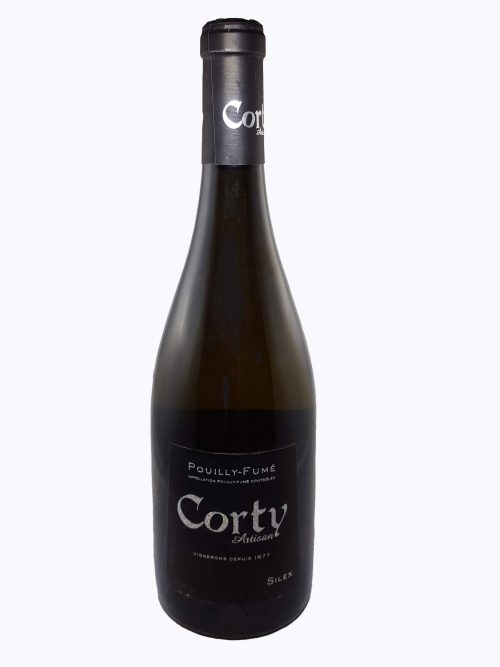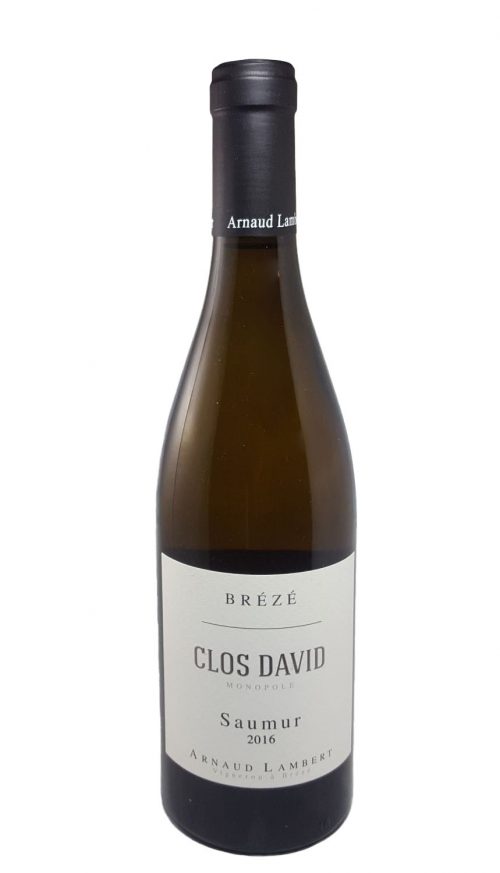Description
The origins of the estate date back to 1677, when Edme Corty laid the foundations for a small estate in Pouilly. For his part, André Moreux made the purchase of his first vine in 1702, but on the other side of the Loire, in Sancerre. Both certainly did not know that their love of wine and the land could go back more than 300 years of history and be transmitted for twelve generations!
These origins explain today the presence of Patrice Moreux on the appellation Pouilly-Fumé, more precisely “Aux Loges”, and on that of Sancerre in “Chavignol”. These two queen names of sauvignon blanc in the world were united in 1955 by the marriage of Jeannine Corty and Raymond Moreux, direct descendants of Edme and André. Their parents offered them a 4.5 hectare hillside wedding gift : “La Loge Aux Moines”.
This parcel, which is the origin of the Pouilly vineyard, was indeed the first cultivated on the Pouilly-Fumé appellation by the Benedictine monks from the 11th century. The latter, winemakers of the time, great herbalists and with a close intimacy with nature, quickly realized that this place was the ideal place to cultivate the vine. Facing south, overlooking the Loire, it enjoys the first solar rays, the hottest heat of the day, but also an exceptional terroir, 100% marnes kimmeridgian, low fertile, where the concentration in limestone is the highest of the vineyards of Pouilly. It was therefore in their eyes, a place naturally intended for the vine.
Patrice Moreux, the only son of Jeanine and Raymond, took over the keys of the house in 1979. He has preserved, improved and expanded this heritage. In 1996, his curiosity and his passion for wine took him to a different place but finally not so different: the “Domaine des Vingtinières”. Provençal vineyard, located in the heart of the Côte de Provence appellation, surrounded by the Maures massif, it benefits from a microclimate and an exceptional terroir, made up of red soils and rock commonly known as the “Permian plateau”. So this is once again a place for growing vines.
Today this beautiful story continues with his sons, Arnaud and Julien Moreux, who work in the family field respectively since 2009 and 2011.
In each bottle from the vineyards of Patrice Moreux, you will taste above all a passion, a know-how, a constant search for the truth, a philosophy where nature is queen, leaving no room for any chemical transformation or the use of yeasts exterior. The fermentations are natural and the wines are elaborated with the greatest respect of the soils. The estate now has more than thirty hectares in Pouilly-Fumé A.O.C, spread over all the terroirs of the appellation. These soils are four in number:
“Les Caillottes des champs de cris”: Some fifteen winemakers exploit these soils. They are characterized by high concentrations of limestone and a strong presence of clots (small pebble), thus offering fruity wines with mineral mouths.
“Les silex du bois de Saint-Andelain”: Only five winemakers exploit this part of the hill side. Here we can speak of a more clayey soil with a high concentration of flint. It brings to the wine a more tense dimension, with aromas of citrus more alive, than the other soils.
“Le plateau des loges”:100% clay-limestone, offers very unusual Sauvignon Blancs, notes of citrus fruits and white fruit with roundness in the mouth.
“La Marne Kimmeridgienne” : often confused with more classic clay-limestone soils, it is actually only a small part of the vineyard. This is “La Loge aux Moines” and its surrounding plots such “Les Griottes” or “Les Plateaux”. These soils are not very fertile and are of nature intended for the cultivation of the vine. They offer wines of another dimension, with a greater aromatic complexity and taste. Still more and more minerality with mouths fatter and rounder, bringing to the wine a potential of more interesting aging. For pleasure and respect of tradition, the estate still cultivates one hectare and a half of Pouilly-Sur-Loire A.OC, from the “Chasselas” grape variety. Patrice Moreux also operates 6 hectares in Sancerre, on the clay and limestone soils of the Crézancy and Chavignol vineyards.
This is a more uniform but very qualitative terroir, especially since 70% of plots are hillsides with south/south-east exposure. Maturity is therefore optimal giving the wine femininity, subtlety, finesse and minerality.
Here we can notably mention highly sought-after parcels, such as “Bois Rafins”, “La Rue de Vaux” or “Les Monts Damnés”.


